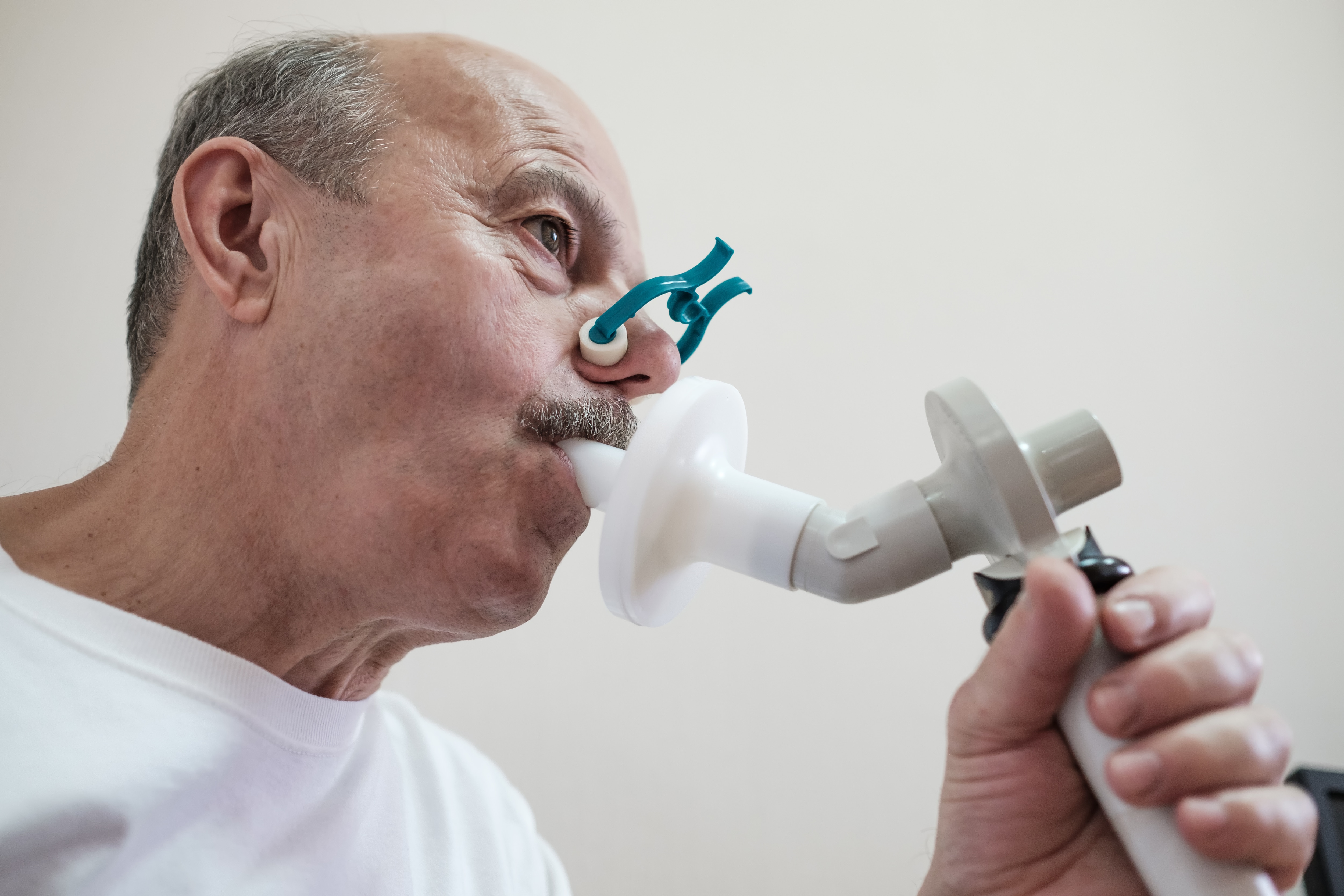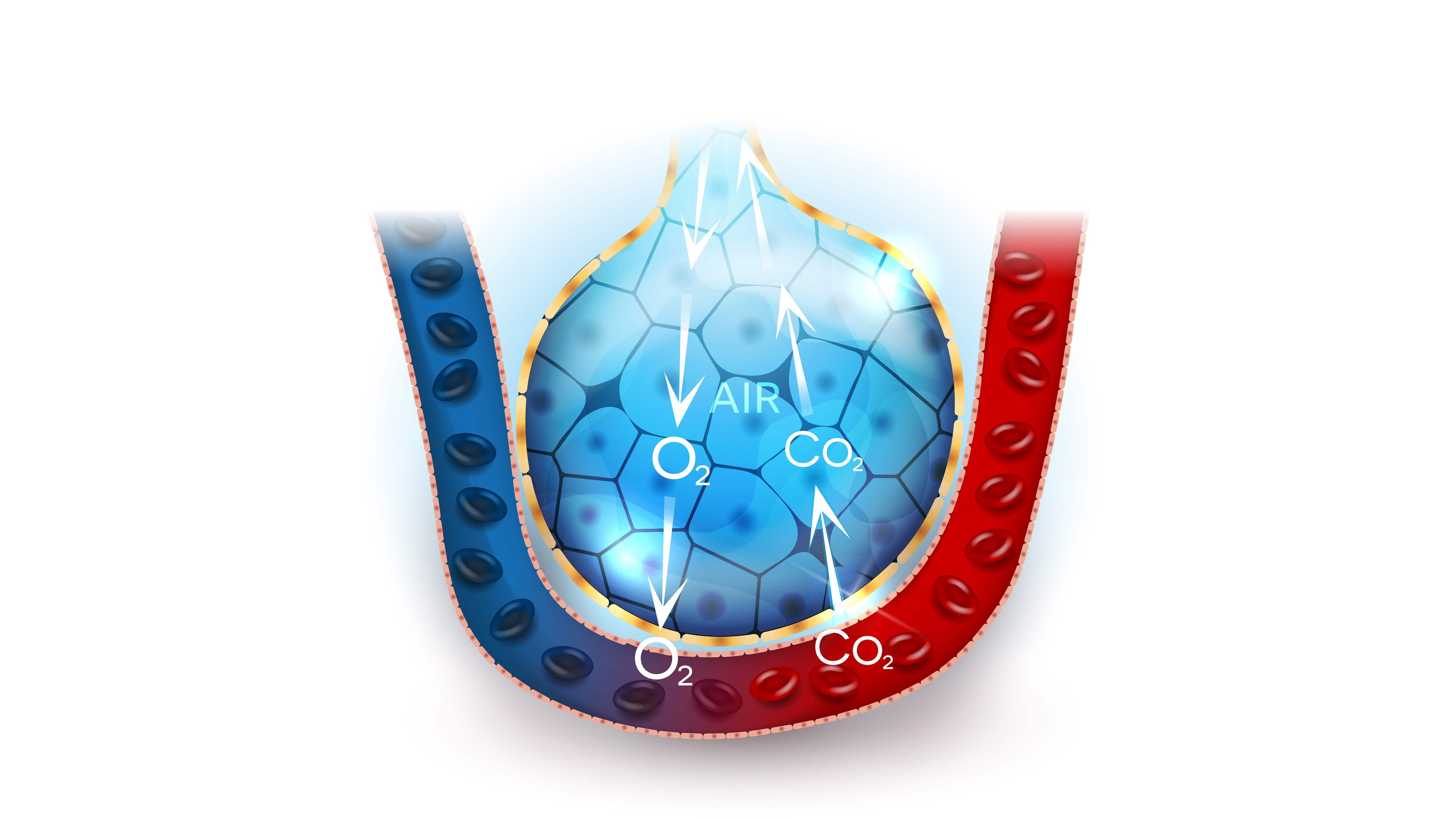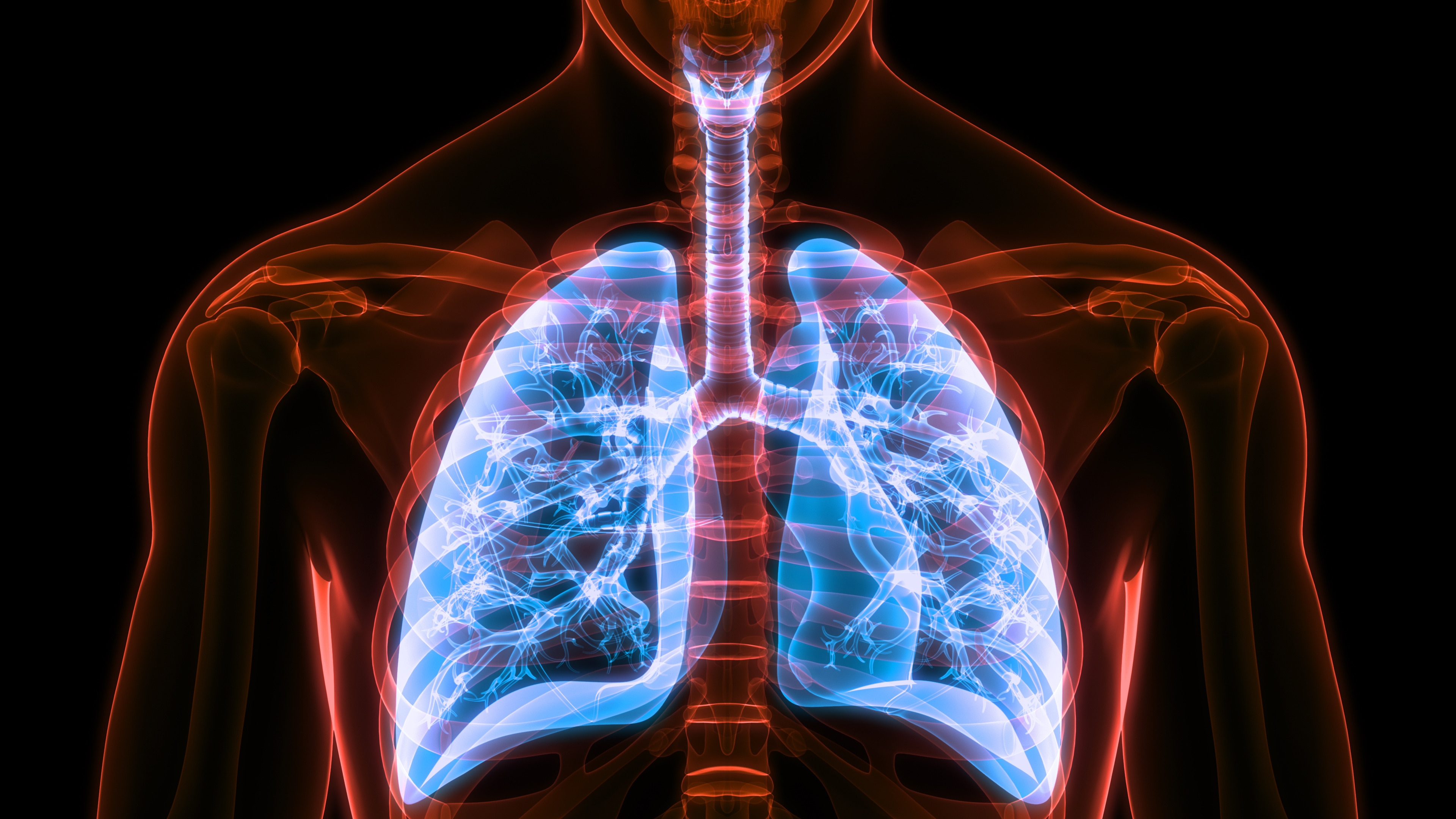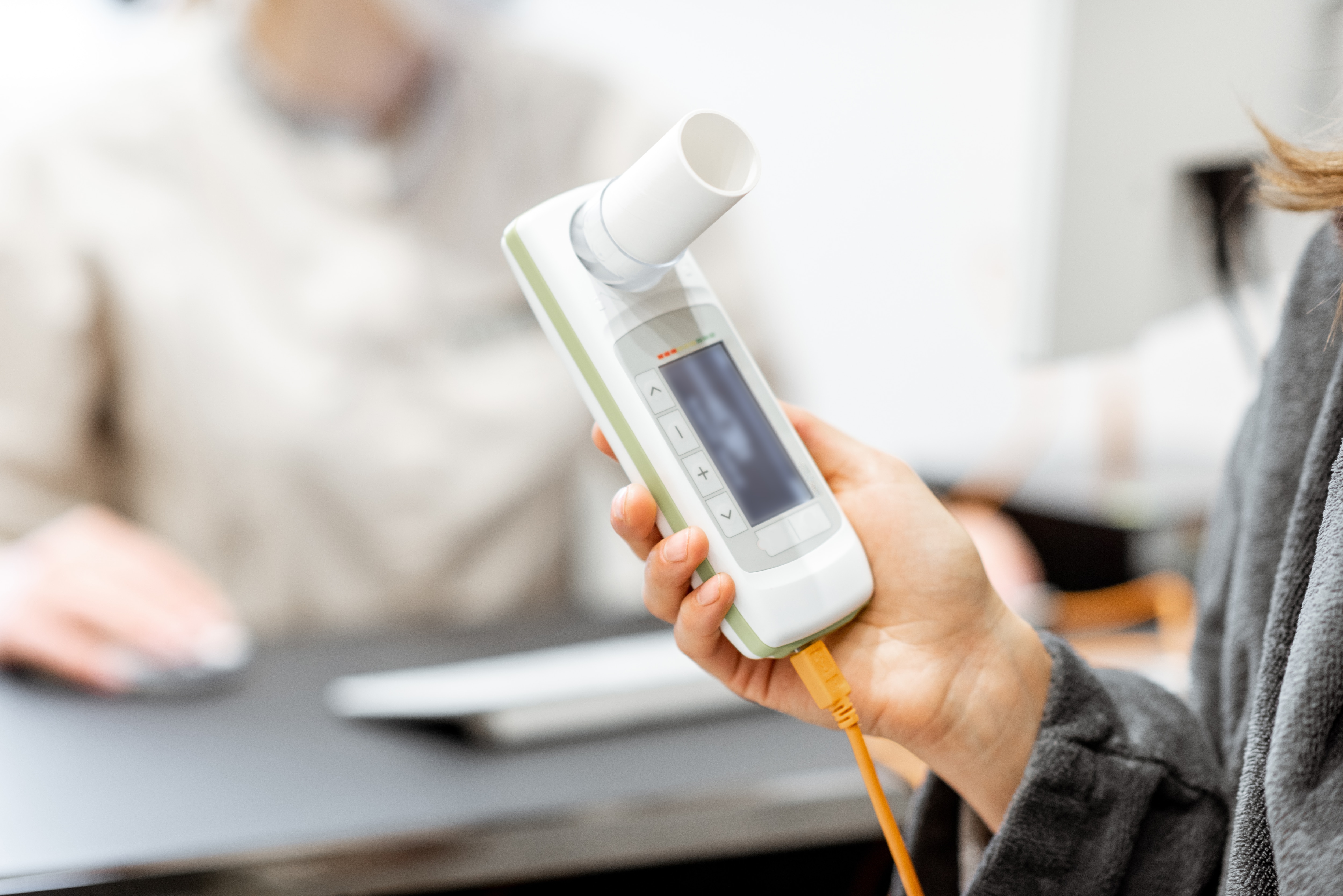

Cardiovascular parameters include heart rate, blood pressure and pulse. Pulmonary parameters include respiratory rate, oxygen (O₂) and carbon dioxide (CO₂). By measuring these respiratory gases, the consumption of oxygen and the production of carbon dioxide during physical exertion can be calculated. In comparison with reference values, this provides the anaerobic threshold. Above this threshold, glucose is no longer completely burned for physical activity and lactate (lactic acid) is produced. In this state, the muscle reaches its performance limit.

The CO now enters the blood via the alveoli. Similar to oxygen, the CO binds to the red blood pigment hemoglobin. The amount of CO absorbed into the blood is calculated quite simply from the amount of CO remaining in the exhaled air. If helium (He) or methane (CH4) is also added to the sample, the residual volume can be determined.

(Explanation: Inert gases, also known as protective gases, do not undergo any chemical reactions, or hardly any. Particularly suitable for this purpose are gases which exist only in atomic form or which, due to their chemical properties, are not capable of reacting with other substances). The marker gas typically used is sulfur hexafluoride (SF6). During the washout process, the concentration of SF6 in the breath decreases with each breath. Pathological changes lead to a prolonged washout process. This procedure is now being used very successfully in the early detection of cystic fibrosis patients and to guide their therapy.

Any influence on other gases in the breath can therefore usually be ruled out. No warm-up time is necessary, which is why these systems are ready for immediate use and provide measurements in real time. In addition, optical spectroscopy systems require very little maintenance. This ensures long-term reliable operation without frequent calibrations. With the LGD OEM module, Axetris offers both a ready-to-use system for integration and, with the infrared source, a powerful component for in-house developments.